Commentary: Another painful crisis has us asking -- Can Los Angeles accomplish big things again?
Published in Op Eds
It was time. Time, in late March, for me to see what early January had done.
From the flats of Pasadena, I drove uphill, into Altadena, with my heart going steadily downhill at each ashen block.
On the radio, KUSC was playing one of the most celebrated of operatic works, a poignant duet from "The Pearl Fishers," the music of friendship and loss.
That was the soundtrack as I went looking for familiar places in a landscape now as unfamiliar as the back of the moon. A relative's house, friends' houses, shops, landmarks — there was almost nothing left to navigate by. Sometimes a painted street number, barely legible on the curb, sometimes not even that.
A moment is upon us here in Los Angeles the likes of which we have not faced before. Our catastrophes used to come at us singly: one earthquake at a time, one flood at a time, one economy-busting drought or recession at a time.
Now our biorhythms are all bottoming out at once. The fires. The billion-dollar L.A. city budget hole. Climate change. And the howling headwinds of the Trump presidency.
We've asked ourselves this question before, but never before with such urgency as now: Can Los Angeles still accomplish big things?
Fire recovery is the first and chiefest task here, and its logistics overwhelm. Neighborhoods will come back one charred lot at a time — or they won't. The city will change the way it prepares for the future — or it won't. A poll from the UC Berkeley Institute of Governmental Studies, co-sponsored by The Times, found that not even 1 in 4 people living in L.A. County are seriously considering moving on account of the fires, and more than 7 in 10 are happy with their own neighborhoods.
So we're willing to stay and stick it out — but then what?
Rick Cole, a Pasadena City Council member and its former mayor, a former L.A. deputy mayor, and a former Santa Monica city manager, once remarked that "Los Angeles is not designed to work." But I might turn his phrase around: Los Angeles is designed not to work.
Civic power is deliberately flattened out and spread around within the city, because a hundred years ago, what the drafters of the city's operating rules fretted over was not paralysis, but about keeping power from consolidating and inviting corruption (and that hasn't exactly worked out so well lately, has it?).
In consequence, our civic machinery was, and still can be, lumberingly ineffective. And into that power vacuum, the unelected rich and powerful happily stepped, intent on Getting Big Things done.
This is how L.A. managed to stick a 233-mile straw into the Owens Valley and suck its water into L.A. In the 1940s and '50s, the muscular reach of a businessmen's consortium called the Committee of 25 nailed down industries that had come here for World War II and flipped to peacetime use. It helped to land the Dodgers, and modernized the LAPD. But working-class voices were muted, and organized labor was kept in check. Pollution was not reined in, and neither was sprawl.
The public's nominal power at City Hall now feels opaque and distant, and the city itself too vast to craft into a forceful identity. Residents have become more invested in their neighborhoods than in forging a single character called "Angeleno" — or as a young man interviewed by KTLA during the fires adorably called himself, "an Angelonian." Easier to be at one with our distinct neighborhoods, Koreatown people or San Pedro people. The city feels centrifugal, separated in spirit and in geography. During our two riots, the mayhem was too often referred to as happening "down there."
Over the years, I'd hear from people insisting that I write about, as a for-instance, their uncollected trash or unfilled pothole. I'd ask whether they'd already called their City Council member, or the official city services department. They had no idea who that was, nor where to look. A few truly didn't know what city they lived in.
The confusion is forgivable. The police department people see on TV is almost always the LAPD. The mayor they see on TV is L.A'.s. And our mayor is not like the mayor of New York, with powers over health and education and welfare programs. Some of those powers belong to the county, which is, to add to the confusion, also named Los Angeles. The city of L.A. is the biggest in L.A. County, but there are 87 others, and although the city is huge, at 500 square miles, all of L.A. County is more than 4,000.
It takes more than ordinary energy and drive for us to push beyond those considerable obstacles, and maybe too easy to slip into the inertia of letting ourselves share nothing more than lousy traffic and lovely sunshine.
Why can't we have nice things? The glorious 6th Street Bridge, a ribbon of light, went dark a couple of years after it opened. Thieves made off with miles of its copper wiring to sell for a paltry few thousand dollars. Thieves have also stolen historical metal markers and plaques in downtown's historic pueblo and Chinatown, presumably to sell for scrap to dealers who evidently chose not to distinguish between a distinctive historic monument and a sackful of empty Red Bull cans. Gee, too bad, L.A., oh well.
We're too much afflicted with what political scientist Francis Fukuyama calls a "vetocracy." He defined it in 2016 to Vox as meaning "rule by veto … the American political system has always made it very hard for the government to actually do things because it gives a lot of parts of the political system veto rights over what the system does."
He could have meant L.A. too.
Sometimes it's hard to know the difference right off, but a critical mass of legit opposition is bigger and broader than a vetocracy. Almost 40 years ago, there was a profound power shift in L.A. Neighbors and grassroots groups in South L.A. put their muscle together, stood up to their own council member, and stopped the Lancer project, a closed-system incinerator to burn trash into energy near the Coliseum. They didn't want to live alongside caravans of trucks bringing garbage in and toxic ash out. And because pollution is no respecter of ZIP codes, this fledgling environmental justice movement energized other parts of L.A. too.
Vetocracy is instead often an imbalance of voices. This may explain how a handful of homeowner groups put the kibosh on a 16-mile above-ground rail line across the west San Fernando Valley back in the early 1990s. Decades later, a more modest 6.7-mile rail line is under construction for the east Valley, set to be completed in 2031.
The NIMBY muscularity remains strong. The Times just ran a letter to the editor from a Westside man complaining about the one day a year that the L.A. Marathon messes up traffic on the Westside, and why can't it end in other parts of L.A., not just his? The marathon is a world-class event. It's scheduled months in advance, so it should come as no surprise when it happens. And the reason the marathon ends on the Westside is so runners can keep heading toward the beach, the coolest part of town, where they may cross the finish line well into a hot afternoon.
And then there is the Hollywood sign. It sure must be a pain living around the sign, with tourists cramming onto narrow streets, and the LAPD should be vigilant and even aggressive in patrolling them.
But the historic sign has been there for more than a hundred years. It's not like people buy a house there and wake up one morning and realize, omg, there's the Hollywood sign! Cheesy as it is, it's our Eiffel Tower, our Statue of Liberty, and we should light it up at the least for World Series and Super Bowl wins, for the Olympics and the World Cup, for the Oscars, and for New Year's Eve. And why not Earth Day too?
Historical L.A. had funiculars to carry people up and down our hills. In the present, we've warred over a proposed gondola to carry Dodgers fans from Union Station to Dodger Stadium. Is even this beyond us? Is it really impossible to send a gondola up and down a hill without damaging critical and fragile open land, without erasing affordable housing in Chinatown, and without over-enriching the disliked former Dodgers owner Frank McCourt, who still owns half the stadium parking lots, the destination of the gondola and presumably future profitable happenings?
Must we keep getting in our own way? Can't we do big things without behaving like a bigger Committee of 25, and steamrolling the Angelenos who are just holding on to life in L.A. by their fingernails?
Donna Bojarsky is a native Angelena, devoted to public matters since she handed out "RFK for president" buttons when she was 8. She moves among the worlds of film and philanthropy and politics, and "convene" is one of her favorite words. Donna is not everyone's cup of matcha, but she loves and believes in L.A. Last year, as co-founder of the Future of Cities nonprofit, about building a civic culture, she convened a thinking-ahead ideas exchange group of artists and civic leaders, and there was a lot to take away from the day.
Housing: Enough of it stabilizes the city. Why not build a lot more classic Park La Brea-styled complexes? People shouldn't feel like losers for renting and not owning. Make Apartments Great Again!
Art: Where is our civic whimsy? Plant art around town the way we plant trees, and with more vigor. How about we preserve and protect the eye-catching murals that adorn L.A.'s walls and freeway abutments? Example: Judy Baca's painting of an Olympic runner on the 110 Freeway near the 4th Street exit was whitewashed not by vandals but by an official transit graffiti removal contractor.
Near City Hall stands the Triforium, 50 damn years old, a three-legged Technicolor jukebox that should have been serenading passersby every day for a half-century, but oh well, it never really worked right, and fixing it was expensive, and one day it'll just fall down and nobody will ever dare to try something big and fun again.
Tech: Where is Silicon Beach? Tech should be amping its own profile by helping to modernize how we navigate our cities, public-minded and public-service apps, much as My311 does now, but engaging every part of L.A. life, not just city services. How about a traffic app to show off the routes with the most trees, or historic buildings, or funky old restaurants? Don't be a stranger to our own place.
Philanthropy: L.A. rarely makes even the top 15 or 20 of charitable cities on the websites that rank such things. Great fortunes were made here, but too few left charitable legacies. Some tycoons have crafted named benefices: the Broad and David Geffen foundations, for example. Yet a number of celebrated Angelenos energetically invested in national policies aren't on the map when it comes to local ones, where they could be influential and charismatic leaders for progressive programs that could become national models.
If ever there was one, this is L.A.'s moment. We can't go on rallying only for each successive crisis or onstage moment — a post-riot rebuilding, a library fire, the Olympics — and then claim to be a great city in between.
Big things are being demanded of us. Are big things still in our grasp? If they aren't, then the civic clock is winding down to a diminished future. If they are, then nothing should be beyond us.
_____
©2025 Los Angeles Times. Visit latimes.com. Distributed by Tribune Content Agency, LLC.
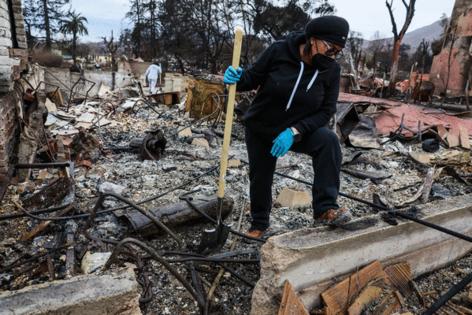
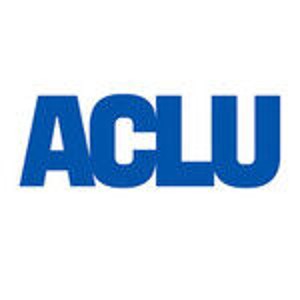
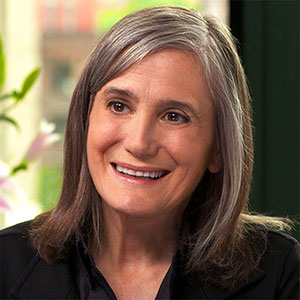
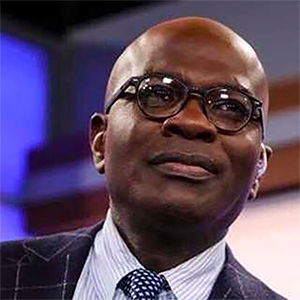
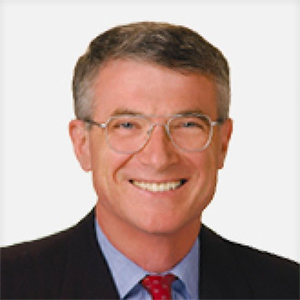
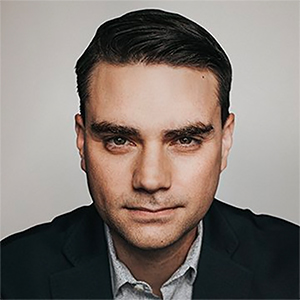
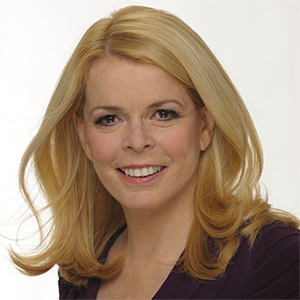
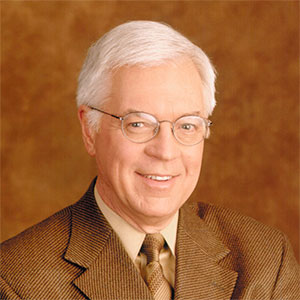
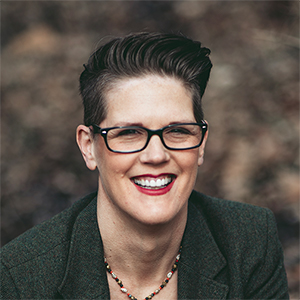
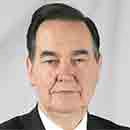
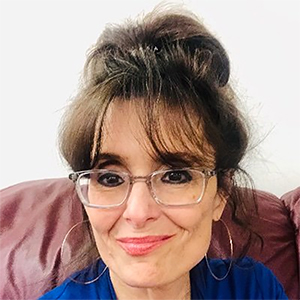
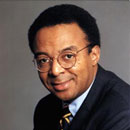
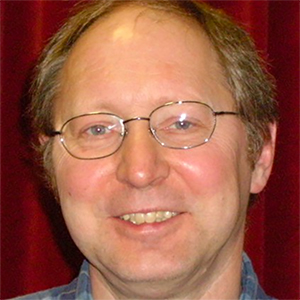
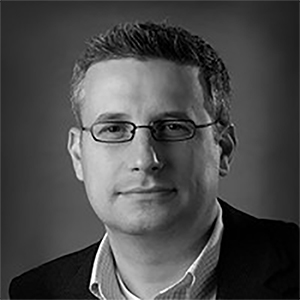
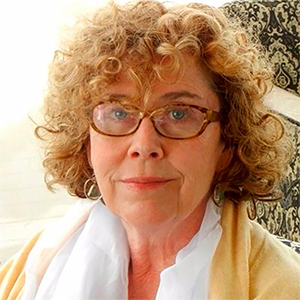
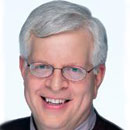
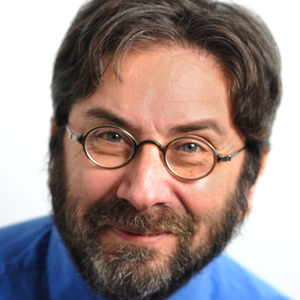
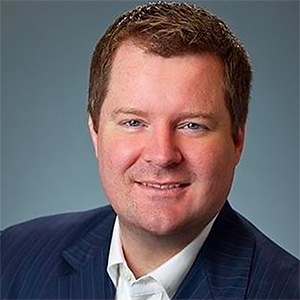
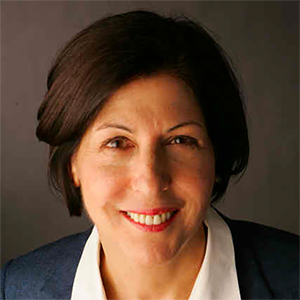
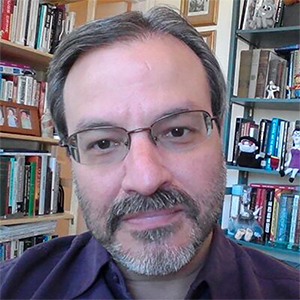
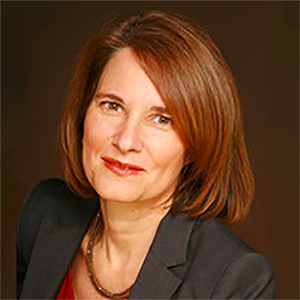
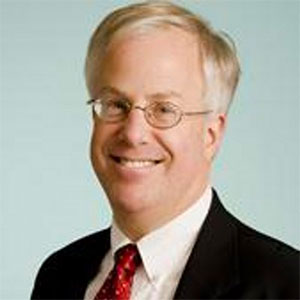

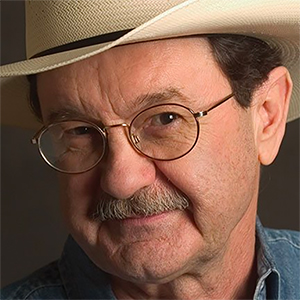
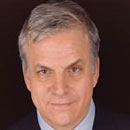
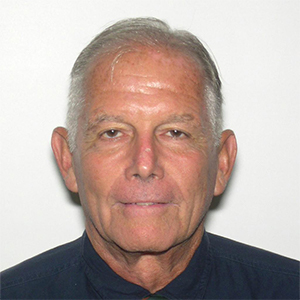
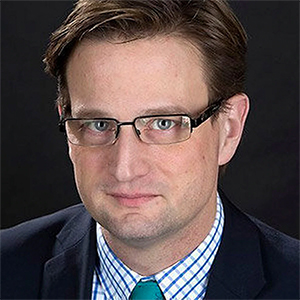
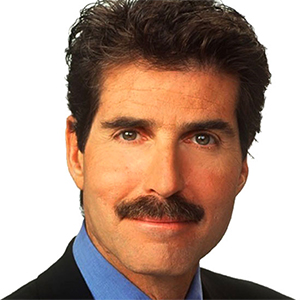
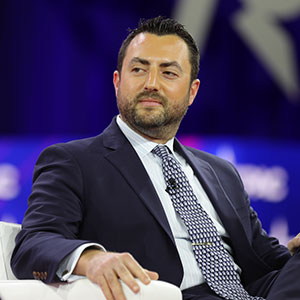
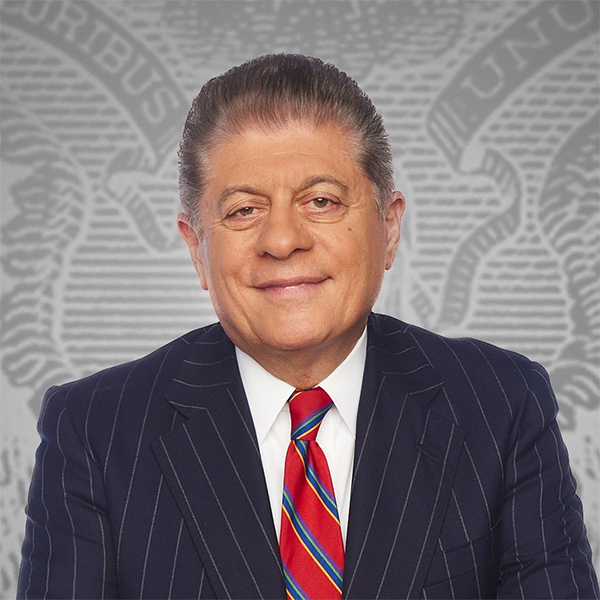
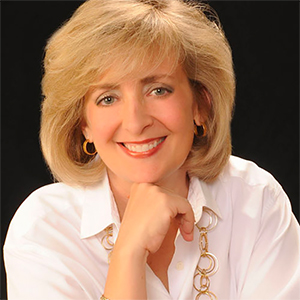
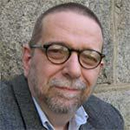
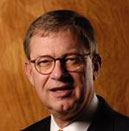
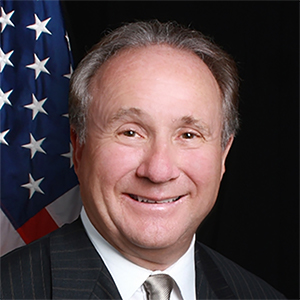
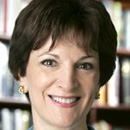
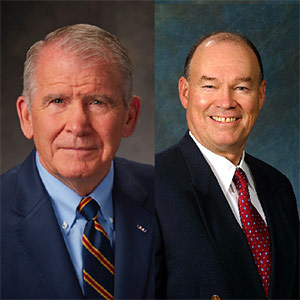
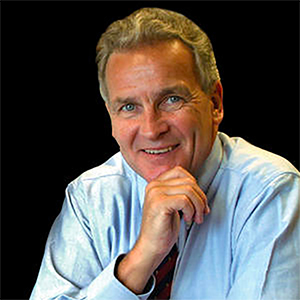
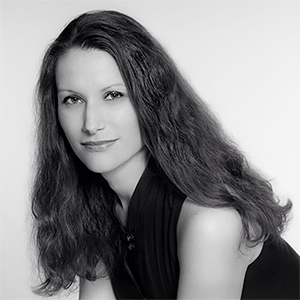
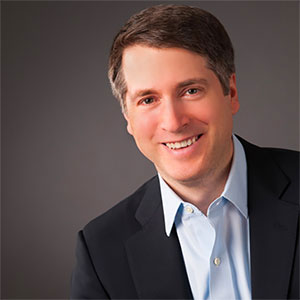
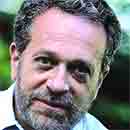
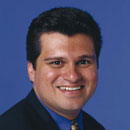
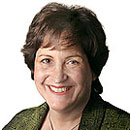
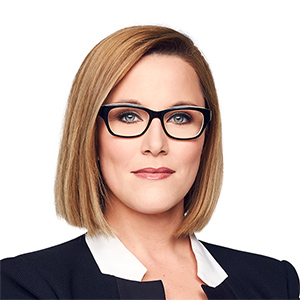
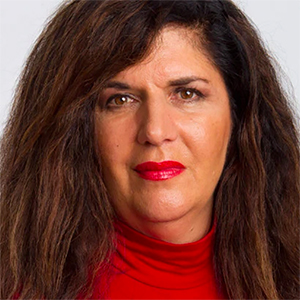
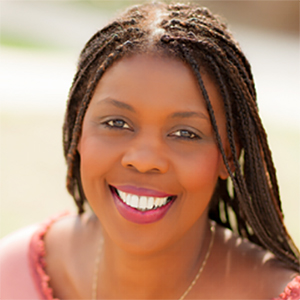
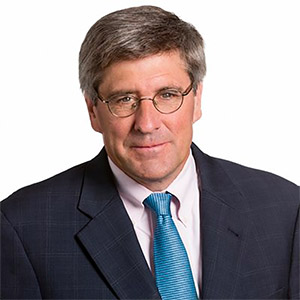
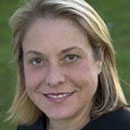
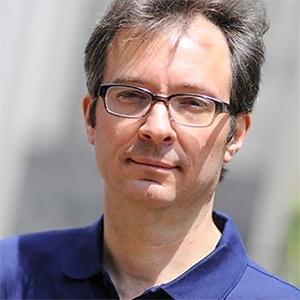
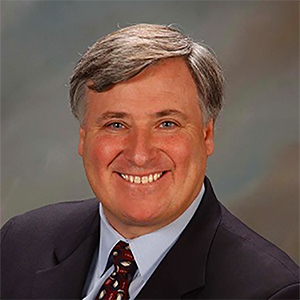
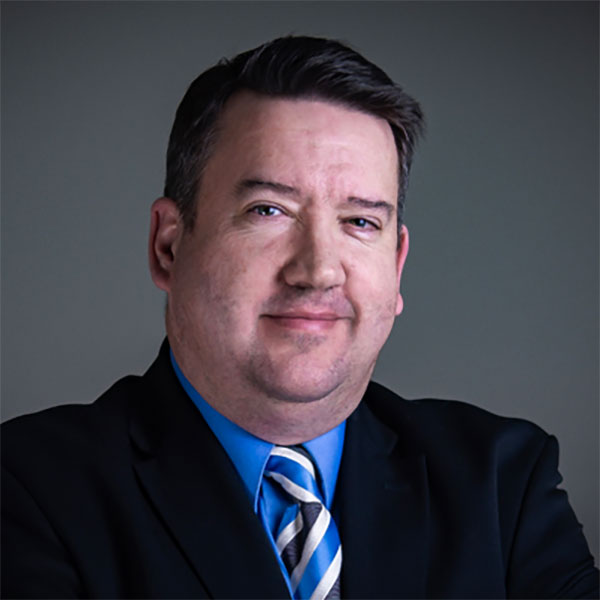
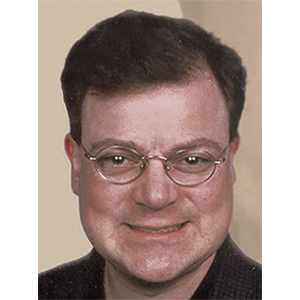
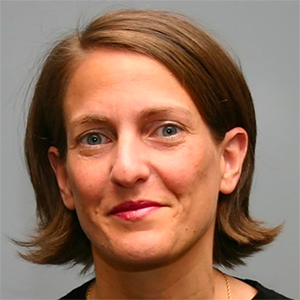
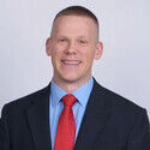
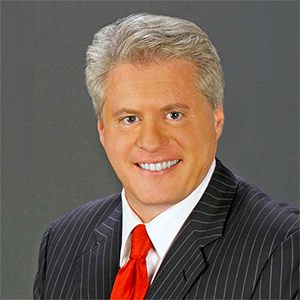
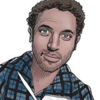
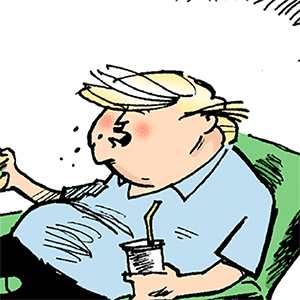
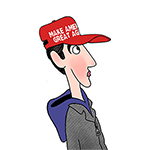
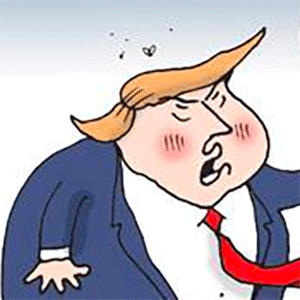
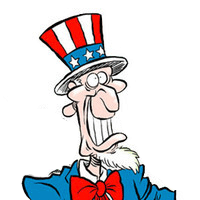
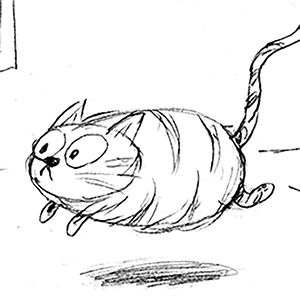
Comments